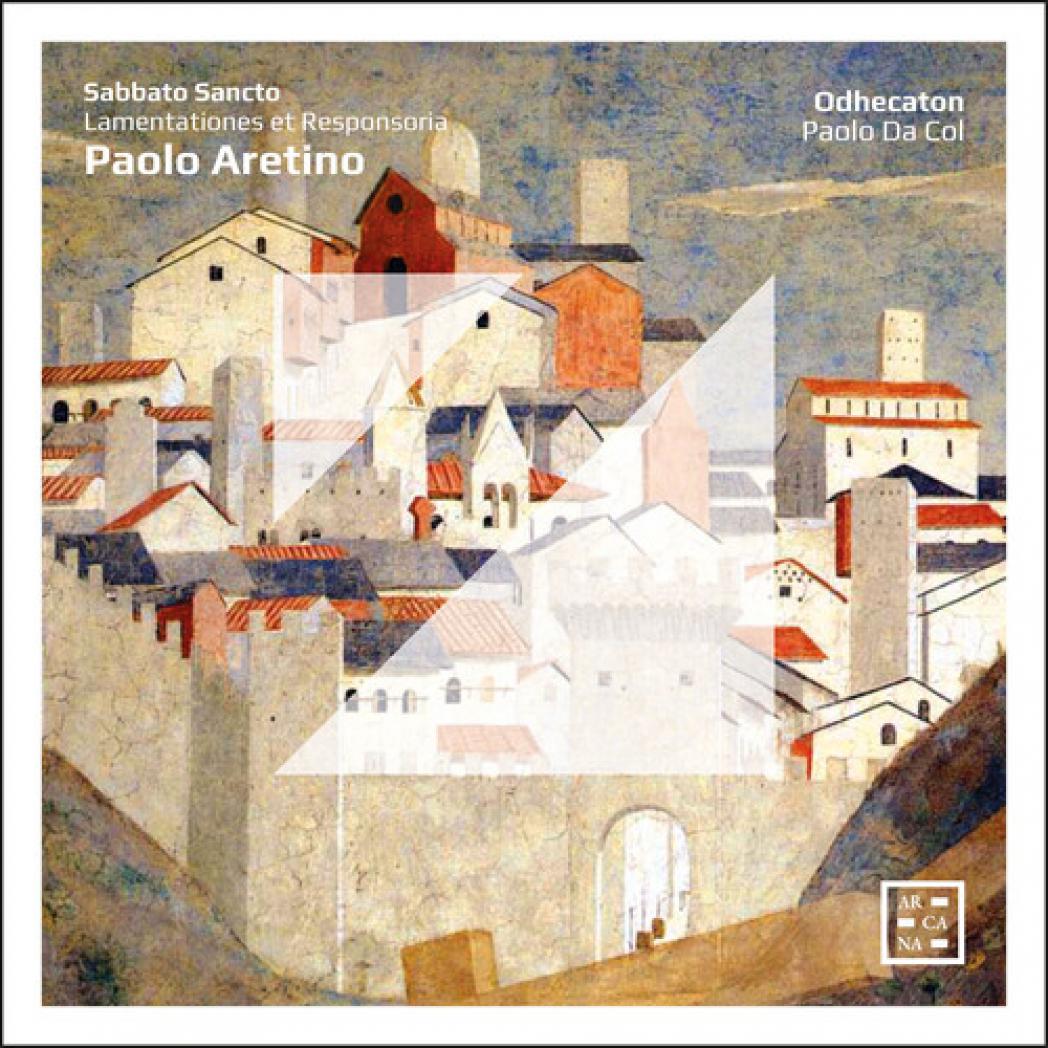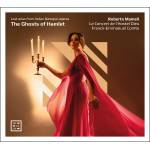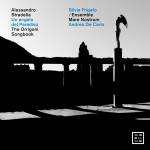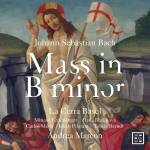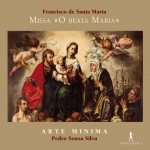Other products from Paolo Da Col / Odhecaton |
My Account
|
Log In
|
English |
€ Euro |
Advanced Search
|
All Categories
BEST SELLER
500
NEW RELEASES
10.917
SPECIALS
237.555
Your search:
No selection
Filter results:
TECHNICS
289.428
GAMES/SOFTWARE
27.338
MUSIC
705.174
Other Classic
3.816
- Gregorian Musicol.
42
- Magnificat
20
- Mass
148
- Motet
78
- Oratorio
129
- Other Sacred Music
489
- Passion
61
- Requiem
71
- Sacred Cantata
124
- Sacred Madrigal
16
- Stabat Mater
11
- TeDeum
5
Symphonic Music
12.916
|
Music Movie Audiobooks Merchandise Children's |

